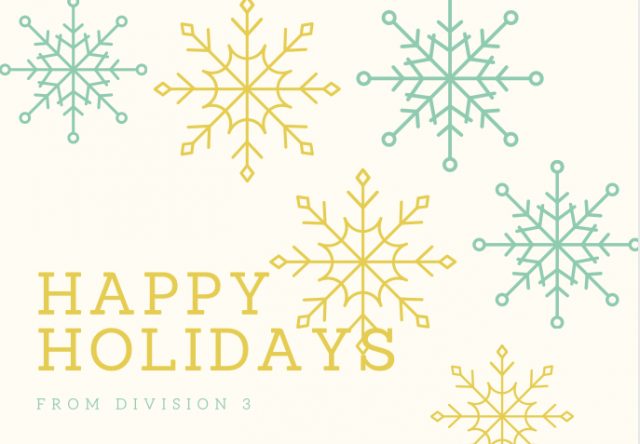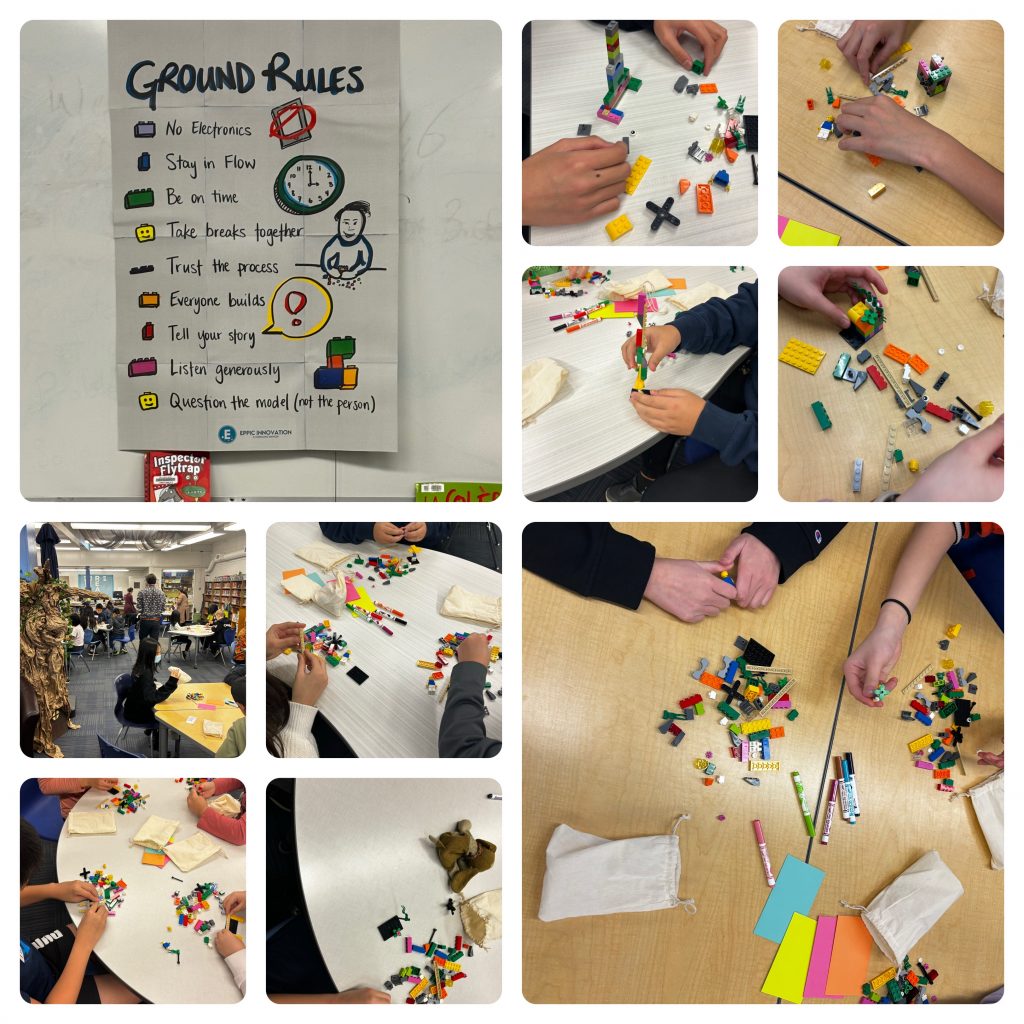

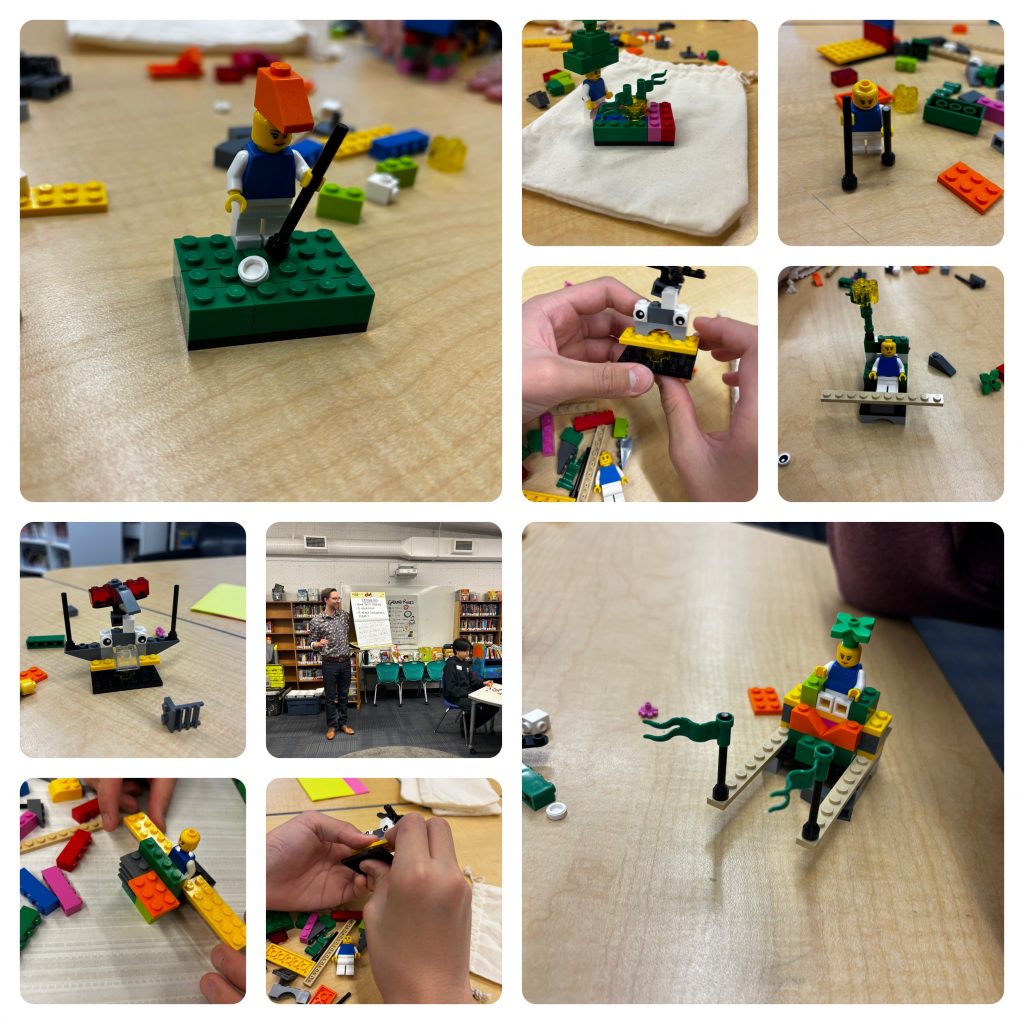
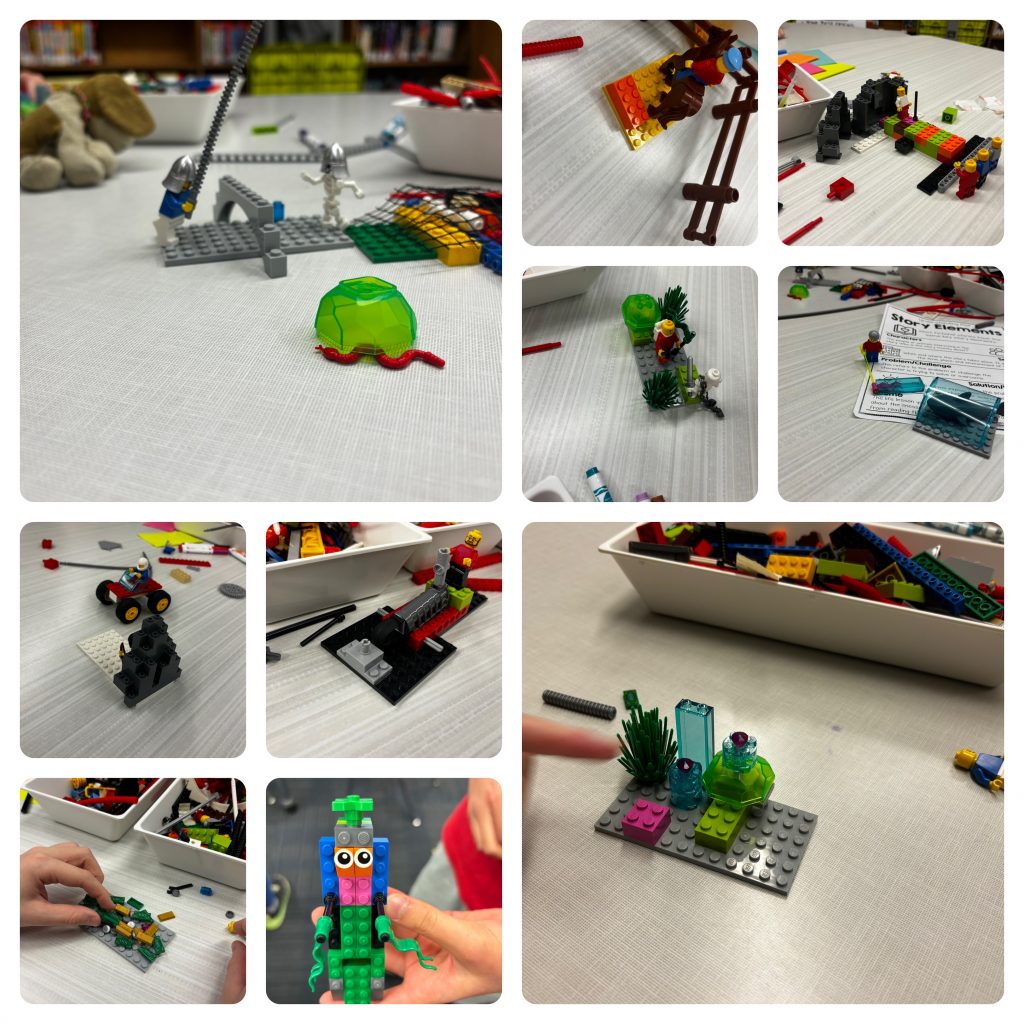
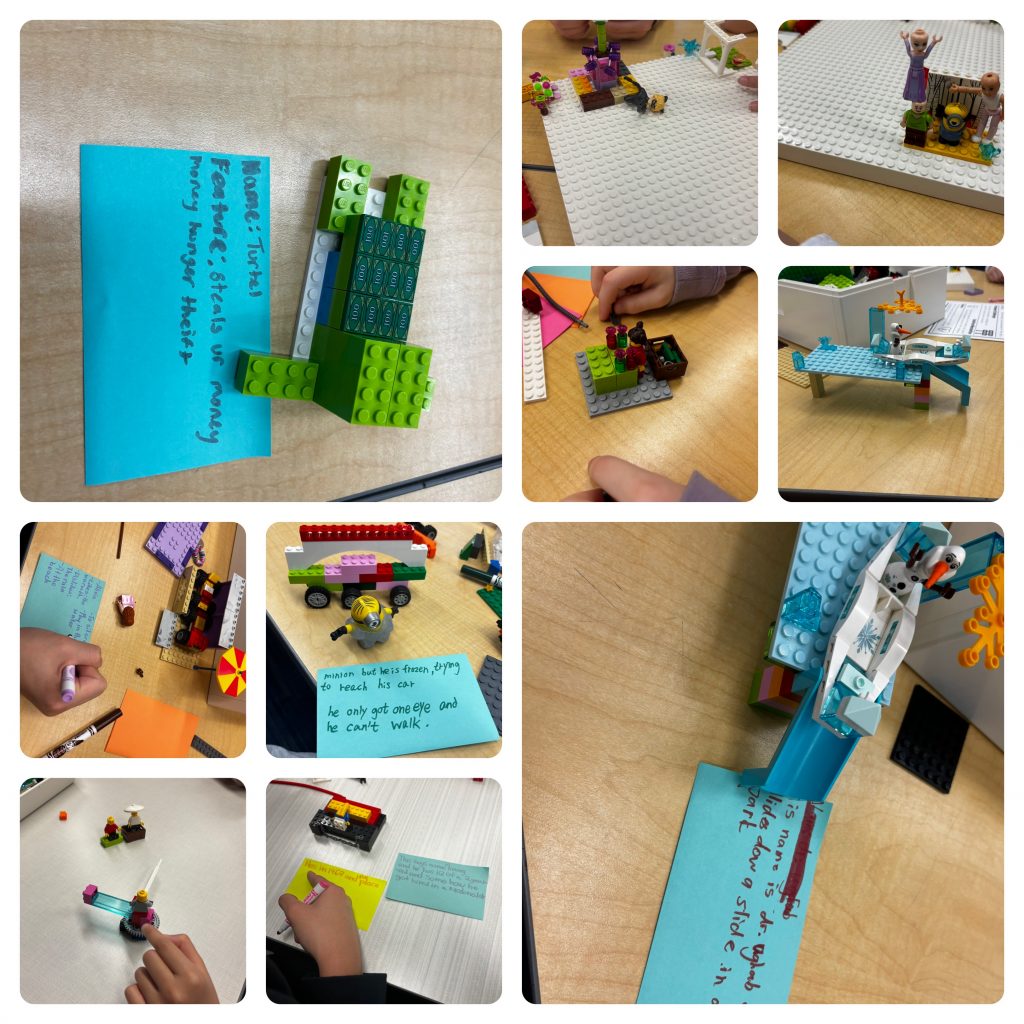
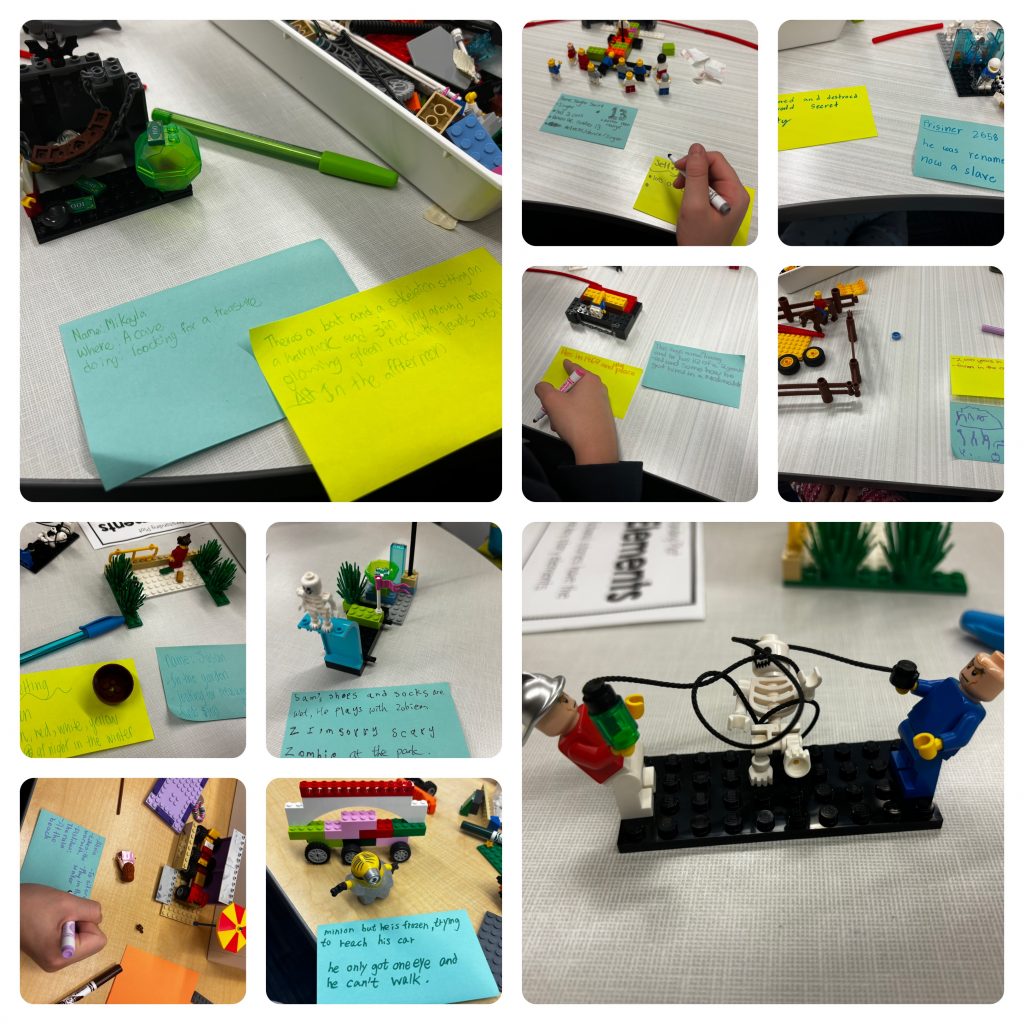
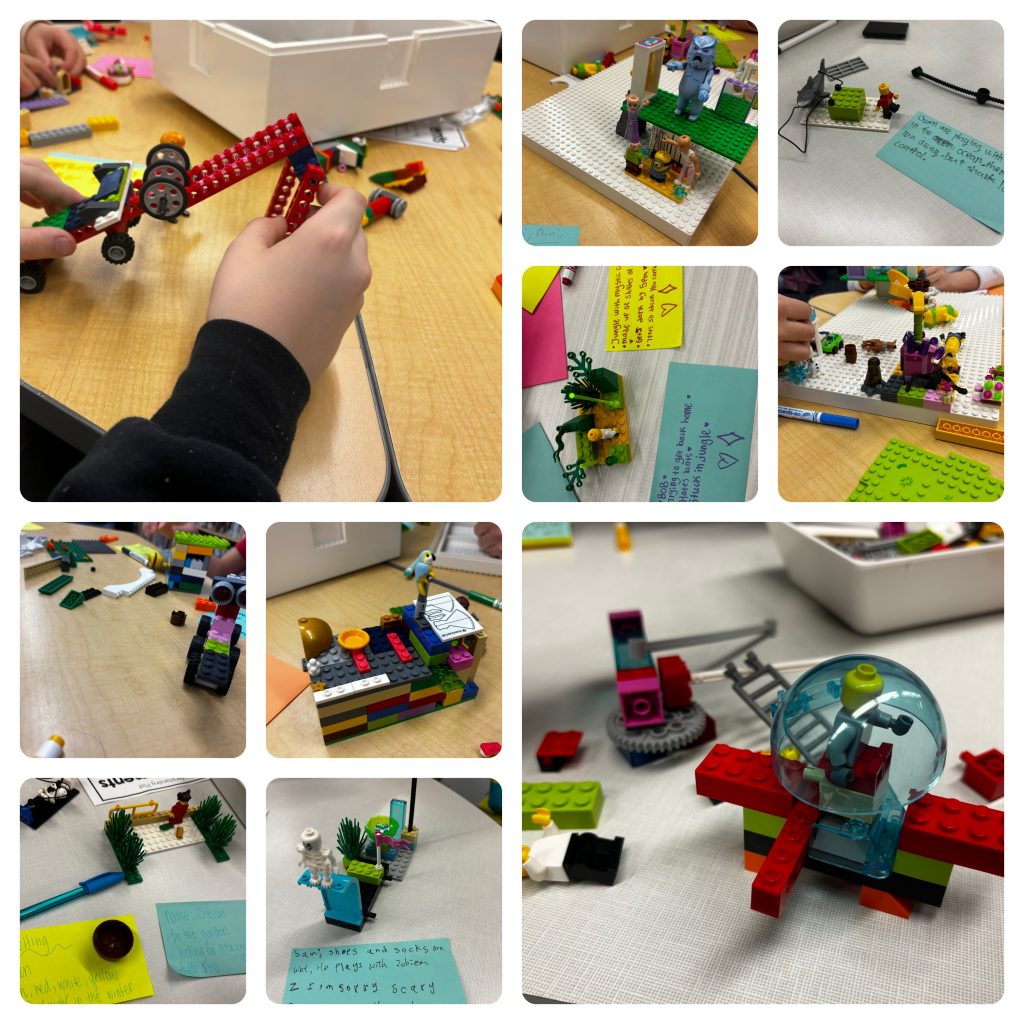 Students had so much fun prototype narratives on Friday afternoon during our Serious Lego Play Workshop.
Students had so much fun prototype narratives on Friday afternoon during our Serious Lego Play Workshop.

Poems will be uploaded to your child’s Spaces Account later this week for viewing.
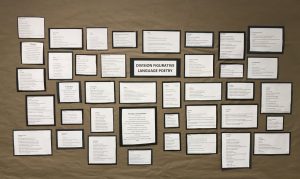
This past week we have been learning about figurative language and poetic devices. If you would like to have a closer look all poetry has been uploaded to our Spaces accounts.
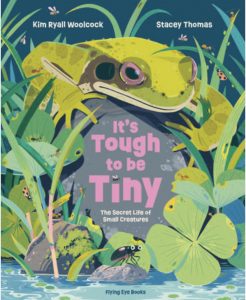
Today for World Read Aloud Day we had a special presentation of It’s Tough to be Tiny by Author Kim Ryall Woolcock.
During our Zoom call with Ms. Woolcock she shared her book with us, which is all about the superpowers of some of the smallest creatures living on planet Earth. We were all surprised that sometimes authors need to do 10-20 edits before their work is published. It’s not a short process and in some cases it can take a few years from the time you start writing to get your work published. She reminded students that writing is often a messy process at the start and it takes time and patience to create something great. These are all great tips that will help us as we begin our own narratives in the coming weeks.
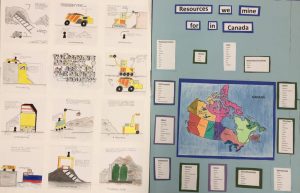
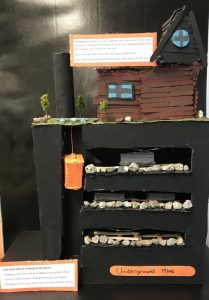
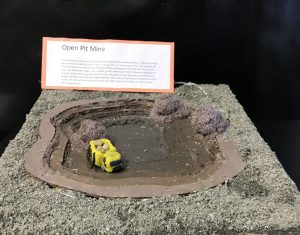
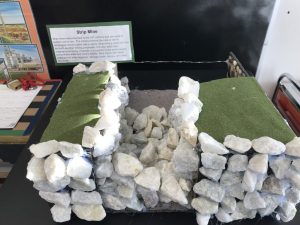
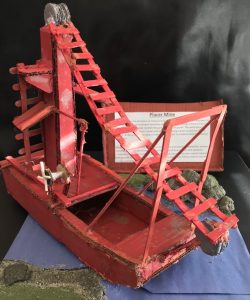
Students have been learning about the mining process and about different types of mines. Their work and models of open pit, placer, strip and underground mines along with their oversized visuals outlining the mining process and resources we mine for in Canada will be on display this week at the Vancouver Convention Centre for AME Roundup which is the premier gathering place for thousands of geoscientists, prospectors, financiers, investors, suppliers, governments and Indigenous partners to engage, share knowledge, and look at opportunities and challenges shaping the mining industry.

After reading “The Great Realization” by Tomos Robert the students create a similar poem on their own global issue. They worked in pairs to create a 6 stanza poem with A, A, B, B or A, B, A, B rhyming scheme.
Below are the poems they created.
Student Poems
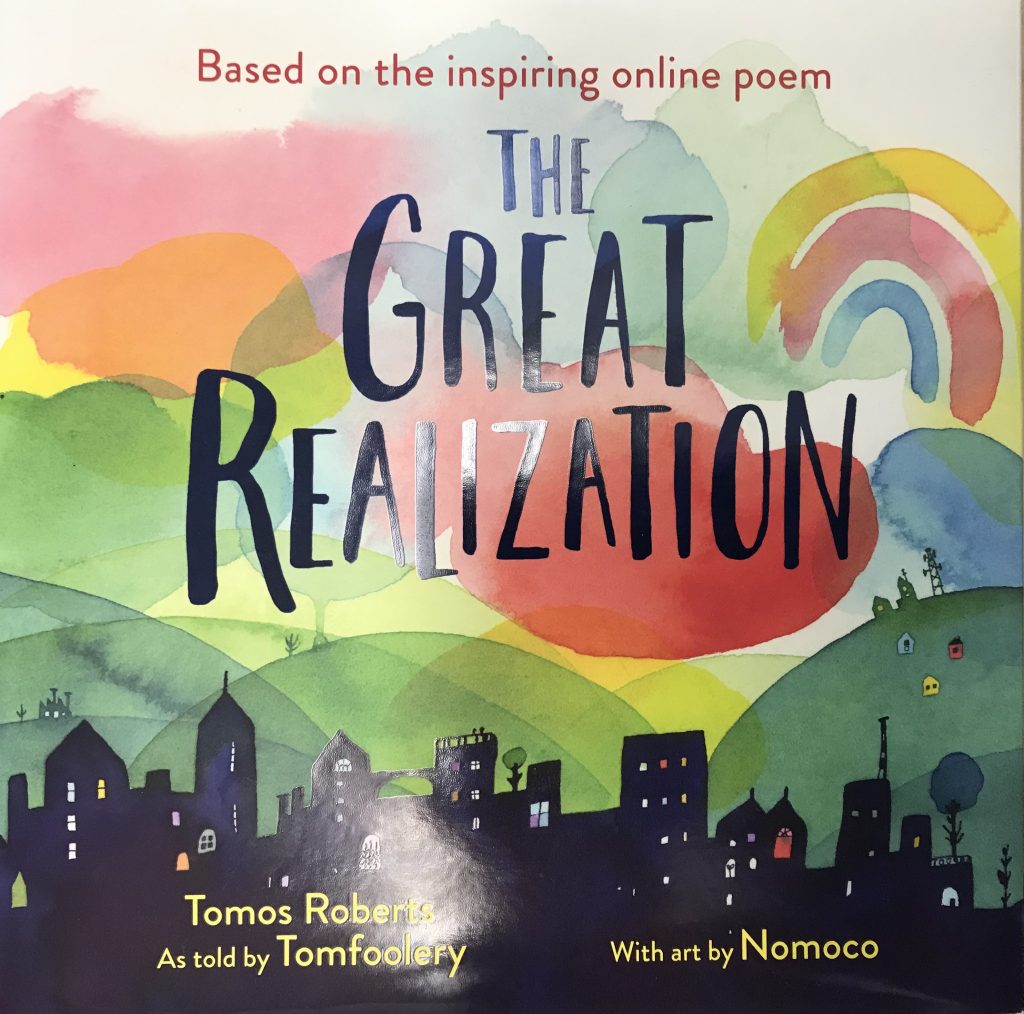
Link to Read-Aloud: https://youtu.be/Nw5KQMXDiM4
Today, in class Ms. Knowlan our student teacher taught a lesson based on the book The Great Realization written by Tomos Roberts. The book is about the pandemic, times of crisis, and the many global issues we are facing today. It also highlights how the pandemic has helped us open our eyes to some of these global issues during the global pandemic.
A few questions we discussed as a class were:
What do you think the meaning of this poem is?
What are some things that resonated with you?
In the video how does the relationship between Roberts and his siblings influence his message, choice of words, delivery and impact?
Does Tomos Robert paint a positive or negative picture?
Do the illustrations from the book change your perception or understanding?
Why do you think the author chose the title “The Great Realization”?
What are some key issues he identifies?
How does he portray the world after lockdown?
What does he mean by “hindsight’s 2020”?
For the next lesson we will be partnered up and asked to write and illustrate our own poems on global issues affecting us today (poverty, pollution, climate change, inequality, technology consumption, war, natural disasters, over population, corruption, etc.).
Blogpost written by: A.W.
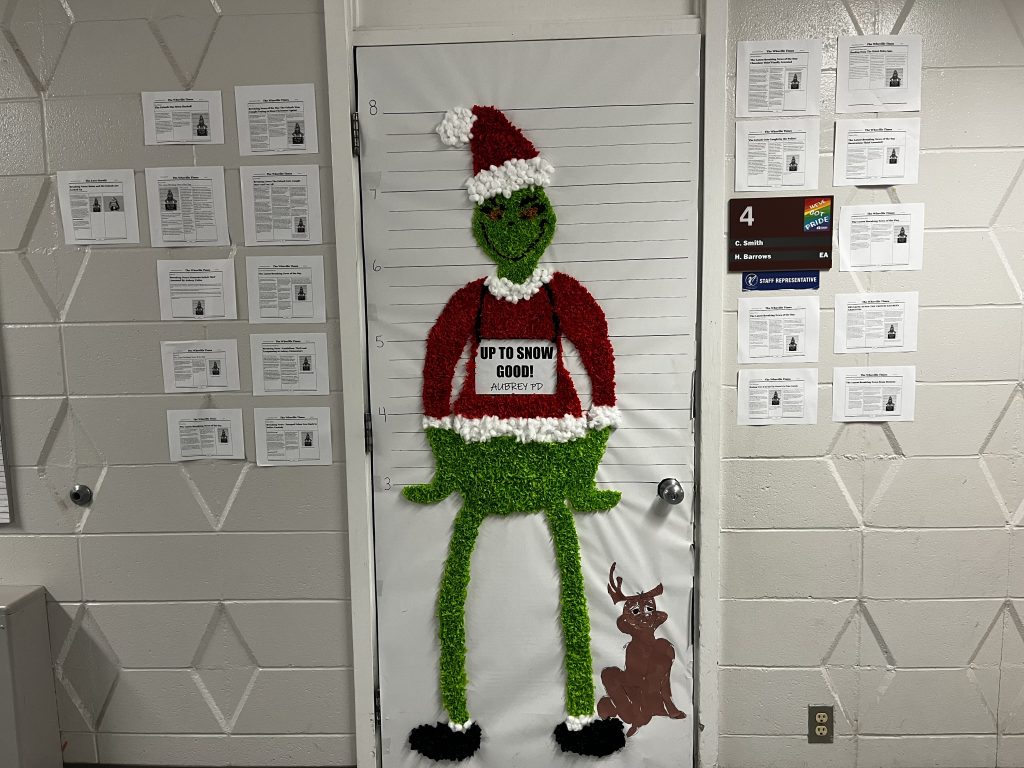
The Grinch was “Up to Snow Good” and arrested by Aubrey PD this week. Check your child’s Blogfolio for their Breaking News reports.
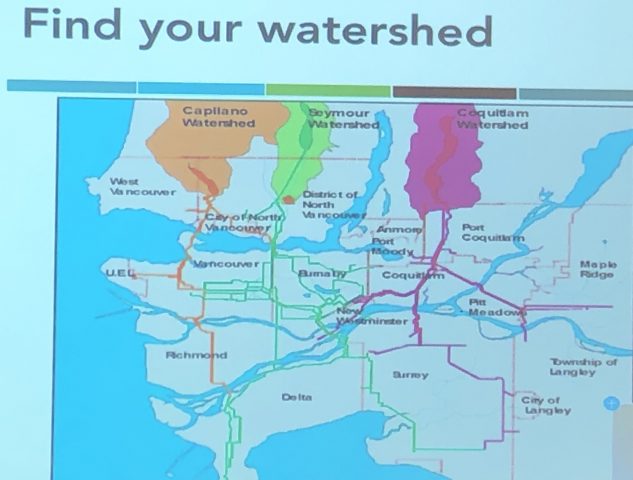
Div 3 Class Blog ©2024. All Rights Reserved.
Powered by WordPress.
Theme by Phoenix Web Solutions
